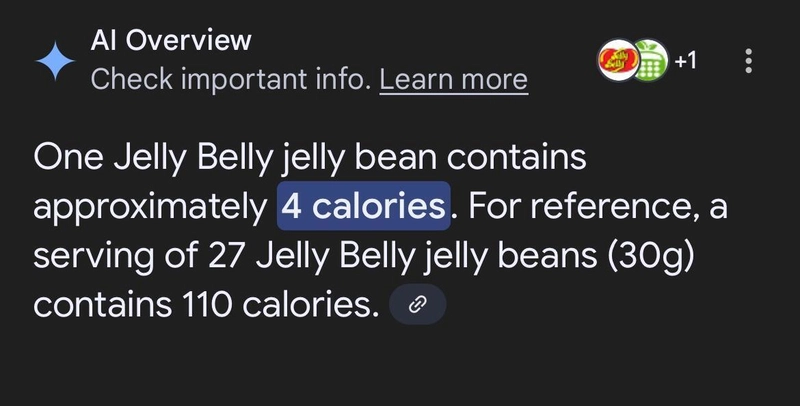Whitelisting vs Greylisting: Let’s Break It Down
When it comes to controlling who gets in and who doesn’t — whether it’s your inbox, your network, or your app — two common strategies stand out: Whitelisting and Greylisting. But they don’t play the same game. One's strict and predictable; the other’s a bit of a "wait and see" operator. Let’s break down what they are, how they work, and when you’d use one over the other. Whitelisting: The VIP List Whitelisting is like the guest list at a private party. If you’re on the list (say, an approved IP, email address, or domain), you’re in. If not? Rejected at the door. Simple. Pros: High security — only pre-approved entities get access Blocks most unwanted traffic or spam by default Cons: Rigid — if something legit changes (new IP, new email), someone has to update the list manually Can cause false negatives — good stuff might get blocked until added Use this when you need maximum control and know exactly who should be communicating with your systems. Greylisting: The "Try Again Later" Tactic Greylisting isn’t about outright blocking. It’s more like: “Hmm, I don’t know you… try again in 10 minutes.” When an email comes from a new sender, the server gives it a soft rejection with a “come back later” status. Legitimate servers will try again (because that’s what they’re built to do). Spam bots usually won’t bother — and that’s the whole point. How it works: Unknown sender tries to send mail Server replies with a temporary error (usually 4xx) If the sender retries after a delay, the mail goes through Future attempts from that sender are remembered Pros: Zero setup needed for users Great at filtering out dumb spam bots Saves server resources by filtering early Cons: First-time messages get delayed Time-sensitive emails (like signup verifications or password resets) can expire before delivery Doesn’t always play nice with servers using multiple IPs or complex relay setups You’ll see greylisting mostly in email servers trying to reduce spam without too much overhead. It's not ideal for real-time communication or transactional emails. TL;DR: Whitelist vs Greylist Feature Whitelisting Greylisting Access Control Only trusted entities allowed Unknowns temporarily rejected Spam Filtering Blocks by default Filters out non-retrying spammers Flexibility Manual updates needed Adapts over time based on retries Speed Instant if approved First-time delays Best Use Case Secure apps/APIs Email spam filtering Final Thoughts If you need strict access control — go whitelist. If you're looking to slow down spam without too much hassle — greylisting might be your jam. Just keep in mind: greylisting can annoy users waiting on verification emails. So, if you run services like password resets or OTP delivery, make sure your sending IPs are in someone's good books (or their whitelist). I’ve been actively working on a super-convenient tool called LiveAPI. LiveAPI helps you get all your backend APIs documented in a few minutes With LiveAPI, you can quickly generate interactive API documentation that allows users to execute APIs directly from the browser. If you’re tired of manually creating docs for your APIs, this tool might just make your life easier.

When it comes to controlling who gets in and who doesn’t — whether it’s your inbox, your network, or your app — two common strategies stand out: Whitelisting and Greylisting.
But they don’t play the same game. One's strict and predictable; the other’s a bit of a "wait and see" operator.
Let’s break down what they are, how they work, and when you’d use one over the other.
Whitelisting: The VIP List
Whitelisting is like the guest list at a private party.
If you’re on the list (say, an approved IP, email address, or domain), you’re in. If not? Rejected at the door. Simple.
Pros:
- High security — only pre-approved entities get access
- Blocks most unwanted traffic or spam by default
Cons:
- Rigid — if something legit changes (new IP, new email), someone has to update the list manually
- Can cause false negatives — good stuff might get blocked until added
Use this when you need maximum control and know exactly who should be communicating with your systems.
Greylisting: The "Try Again Later" Tactic
Greylisting isn’t about outright blocking. It’s more like: “Hmm, I don’t know you… try again in 10 minutes.”
When an email comes from a new sender, the server gives it a soft rejection with a “come back later” status.
Legitimate servers will try again (because that’s what they’re built to do). Spam bots usually won’t bother — and that’s the whole point.
How it works:
- Unknown sender tries to send mail
- Server replies with a temporary error (usually 4xx)
- If the sender retries after a delay, the mail goes through
- Future attempts from that sender are remembered
Pros:
- Zero setup needed for users
- Great at filtering out dumb spam bots
- Saves server resources by filtering early
Cons:
- First-time messages get delayed
- Time-sensitive emails (like signup verifications or password resets) can expire before delivery
- Doesn’t always play nice with servers using multiple IPs or complex relay setups
You’ll see greylisting mostly in email servers trying to reduce spam without too much overhead.
It's not ideal for real-time communication or transactional emails.
TL;DR: Whitelist vs Greylist
| Feature | Whitelisting | Greylisting |
|---|---|---|
| Access Control | Only trusted entities allowed | Unknowns temporarily rejected |
| Spam Filtering | Blocks by default | Filters out non-retrying spammers |
| Flexibility | Manual updates needed | Adapts over time based on retries |
| Speed | Instant if approved | First-time delays |
| Best Use Case | Secure apps/APIs | Email spam filtering |
Final Thoughts
If you need strict access control — go whitelist.
If you're looking to slow down spam without too much hassle — greylisting might be your jam.
Just keep in mind: greylisting can annoy users waiting on verification emails.
So, if you run services like password resets or OTP delivery, make sure your sending IPs are in someone's good books (or their whitelist).
I’ve been actively working on a super-convenient tool called LiveAPI.
LiveAPI helps you get all your backend APIs documented in a few minutes
With LiveAPI, you can quickly generate interactive API documentation that allows users to execute APIs directly from the browser.
If you’re tired of manually creating docs for your APIs, this tool might just make your life easier.







































































